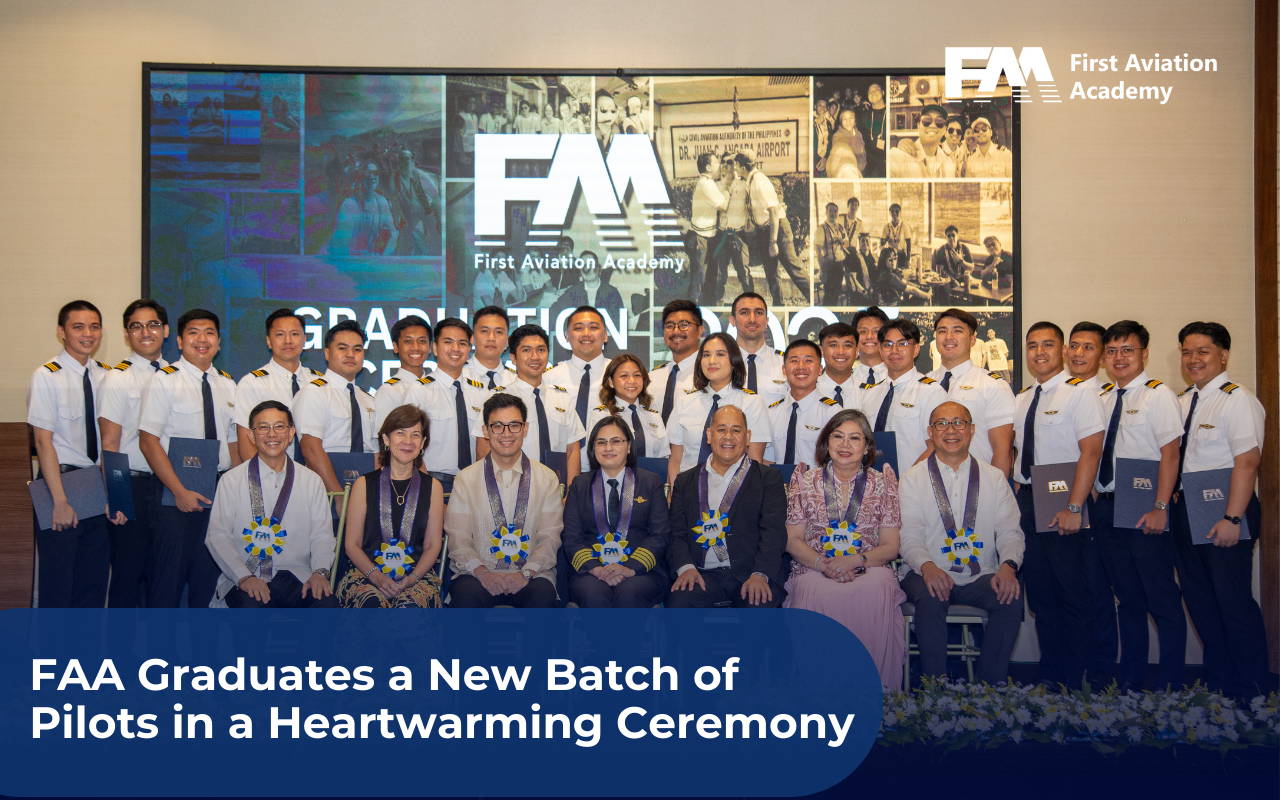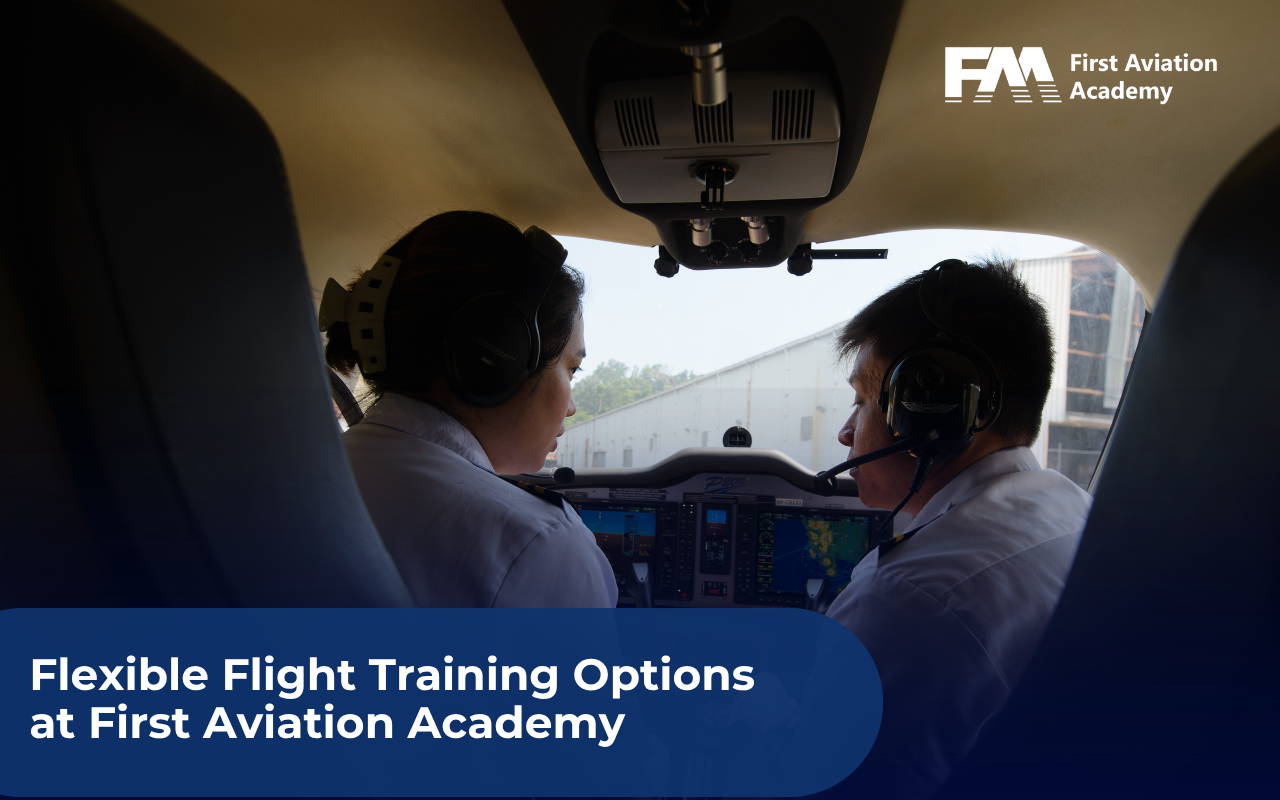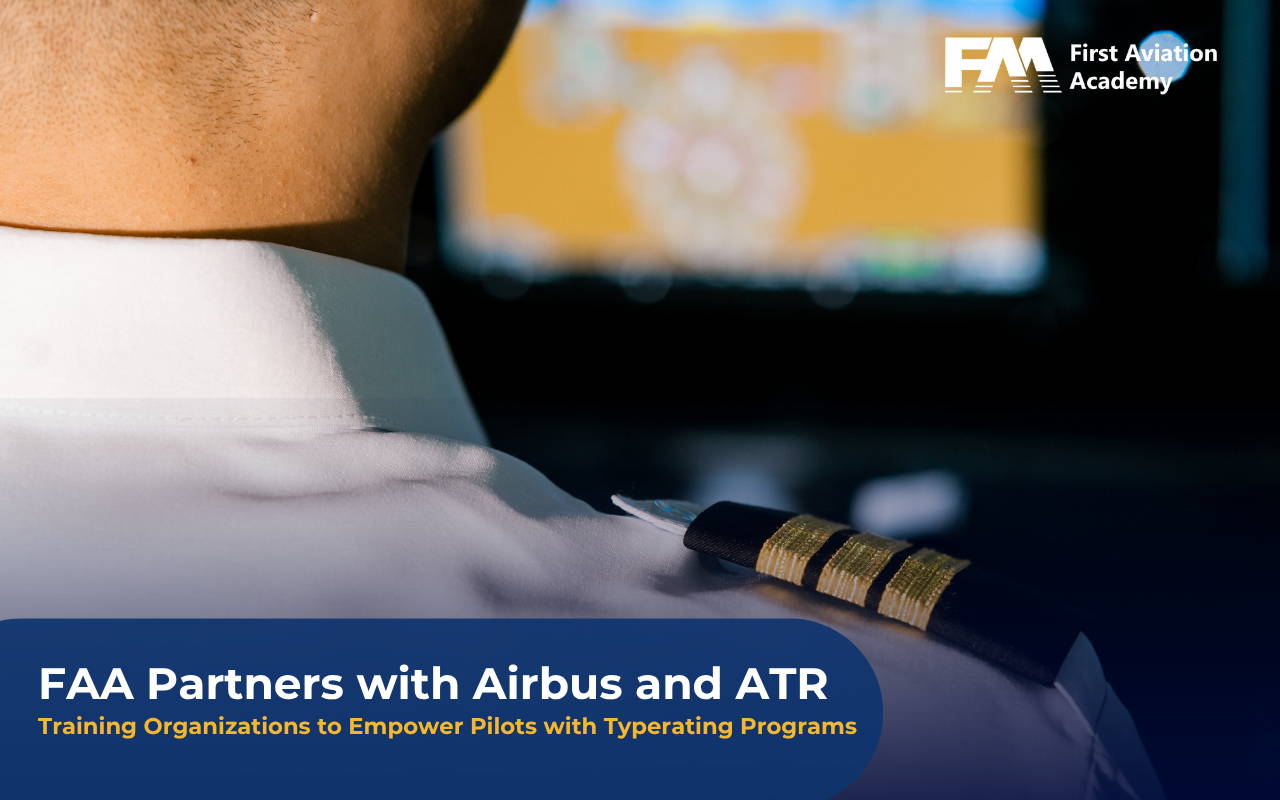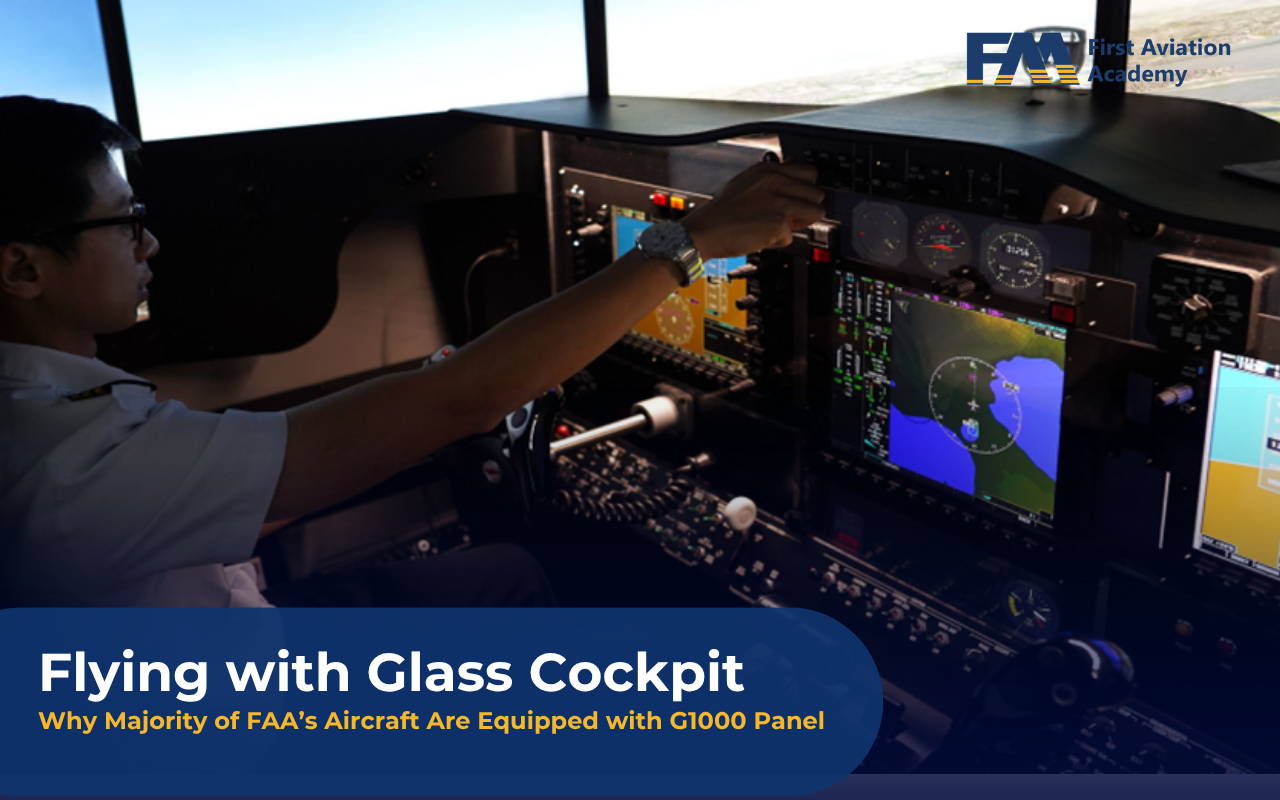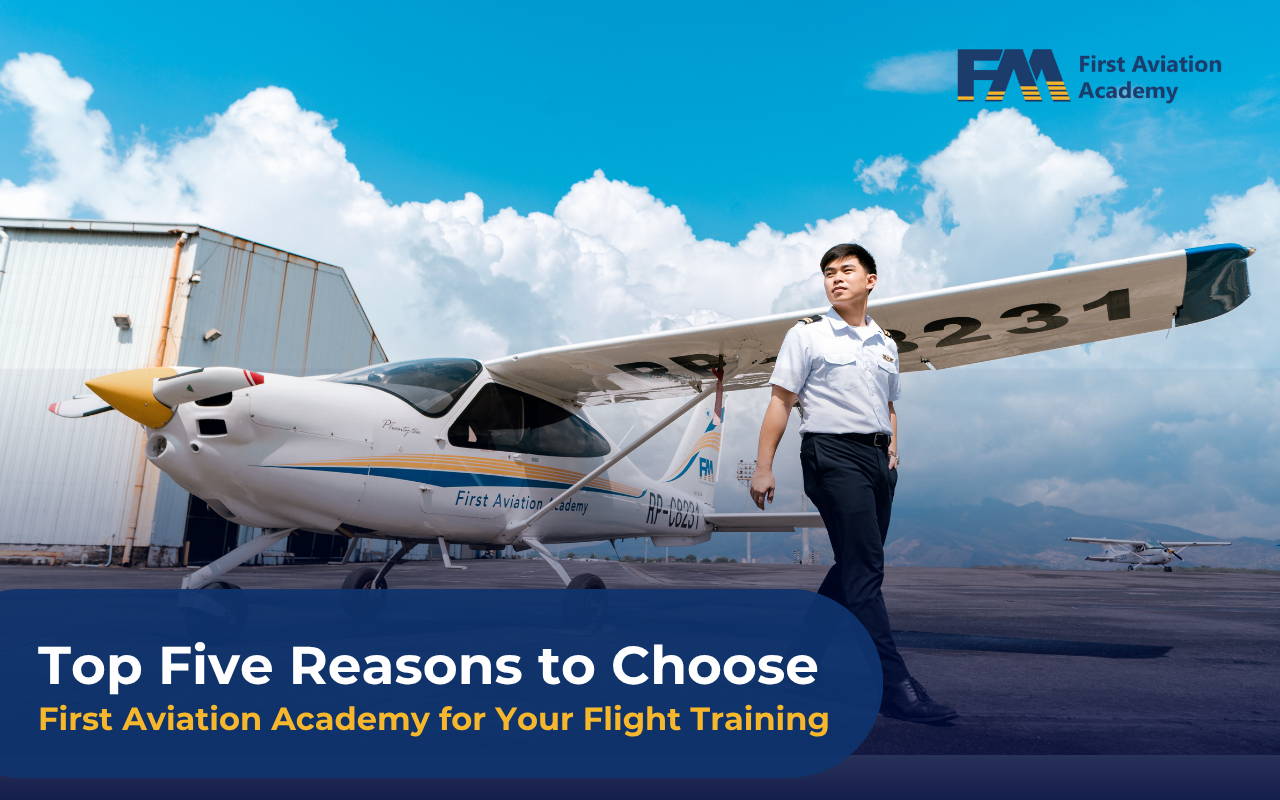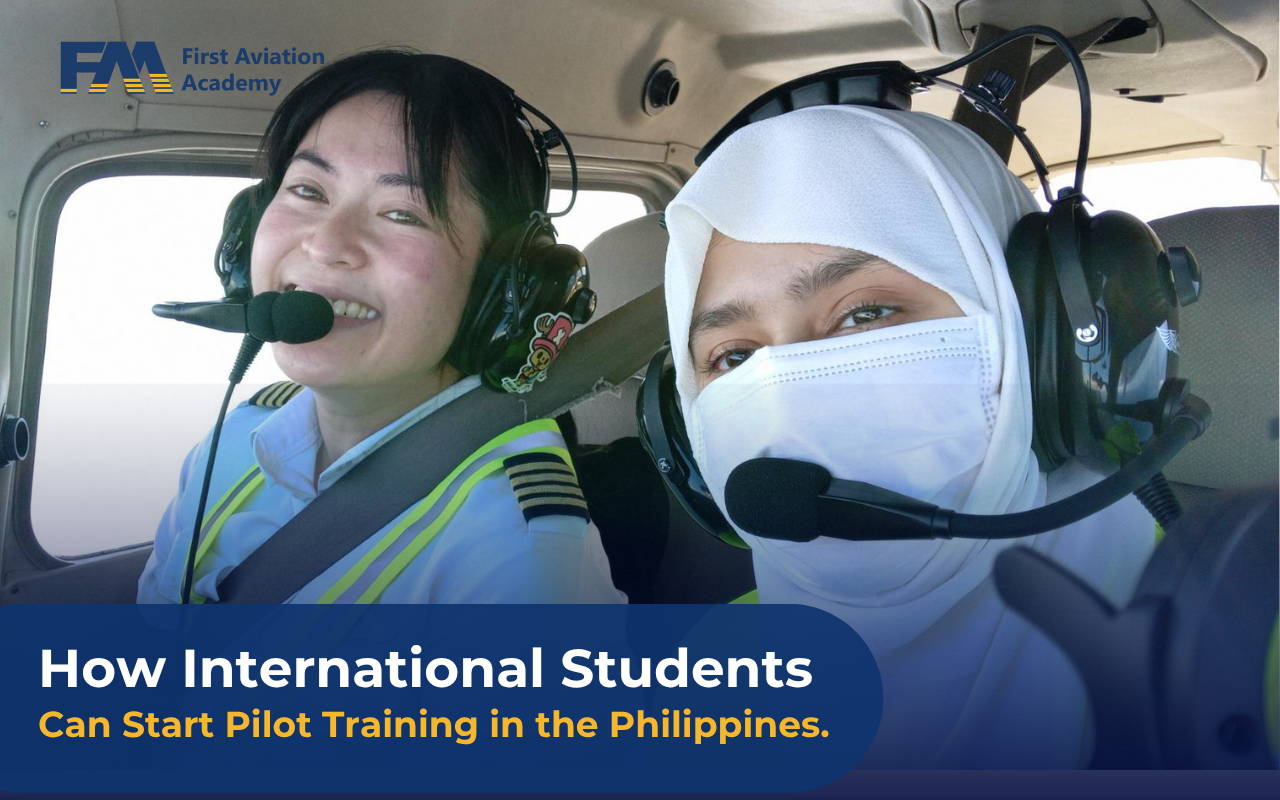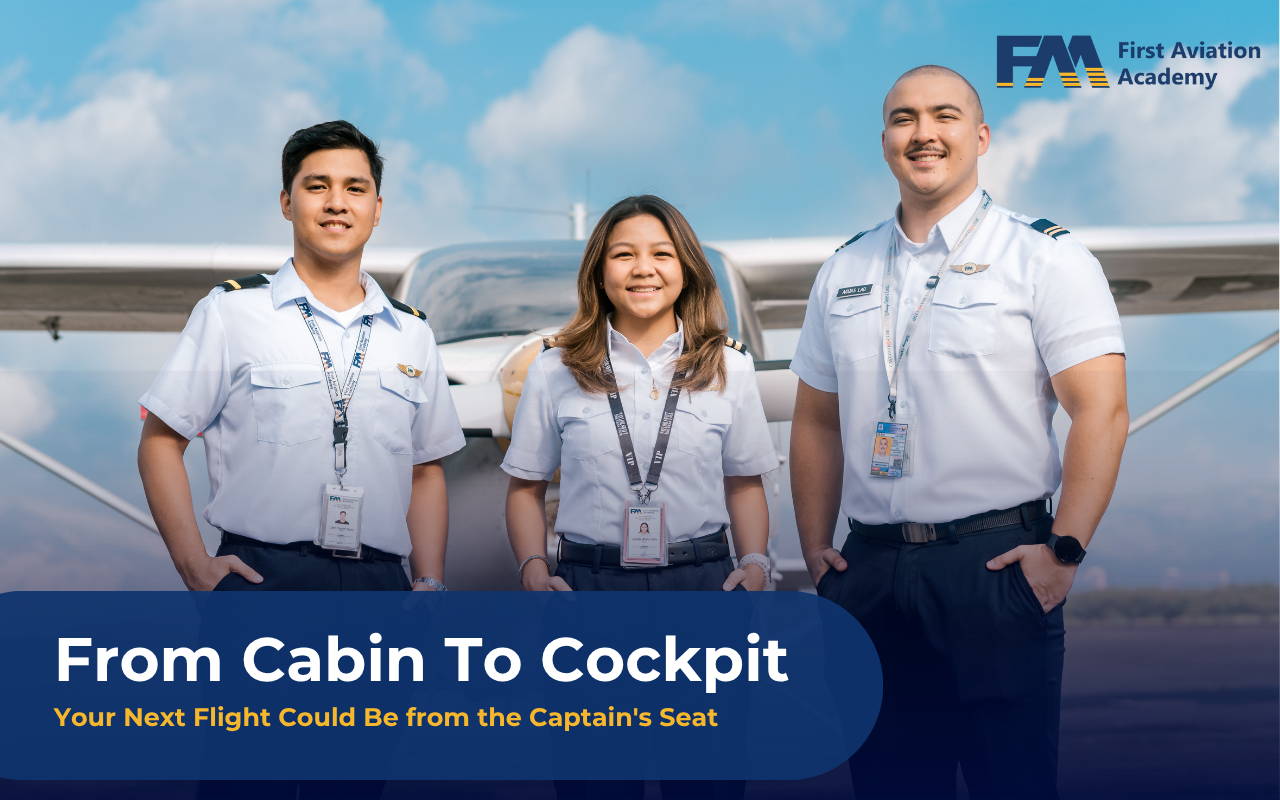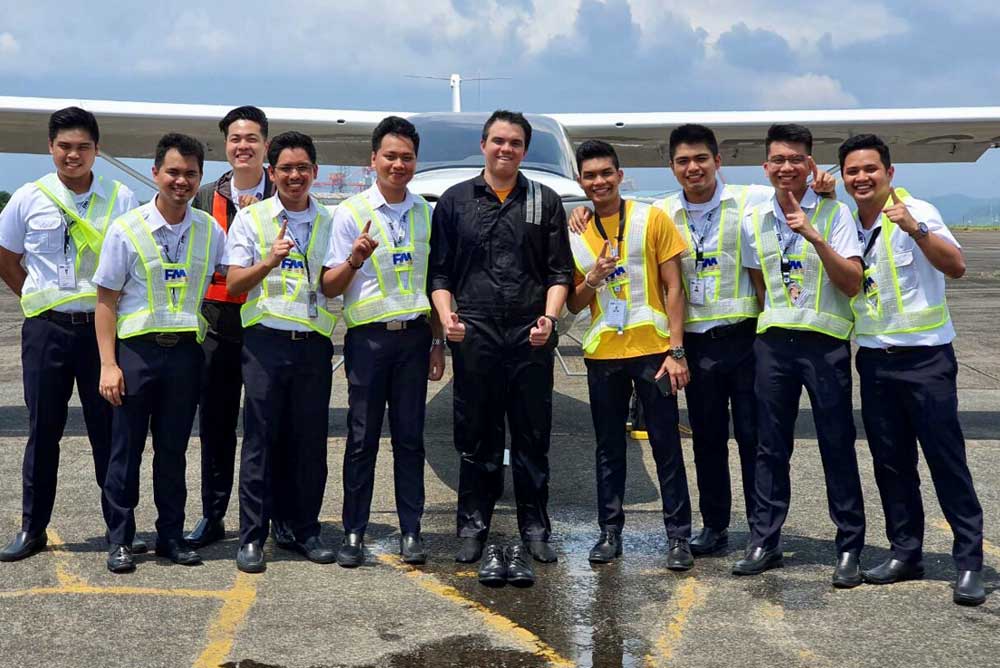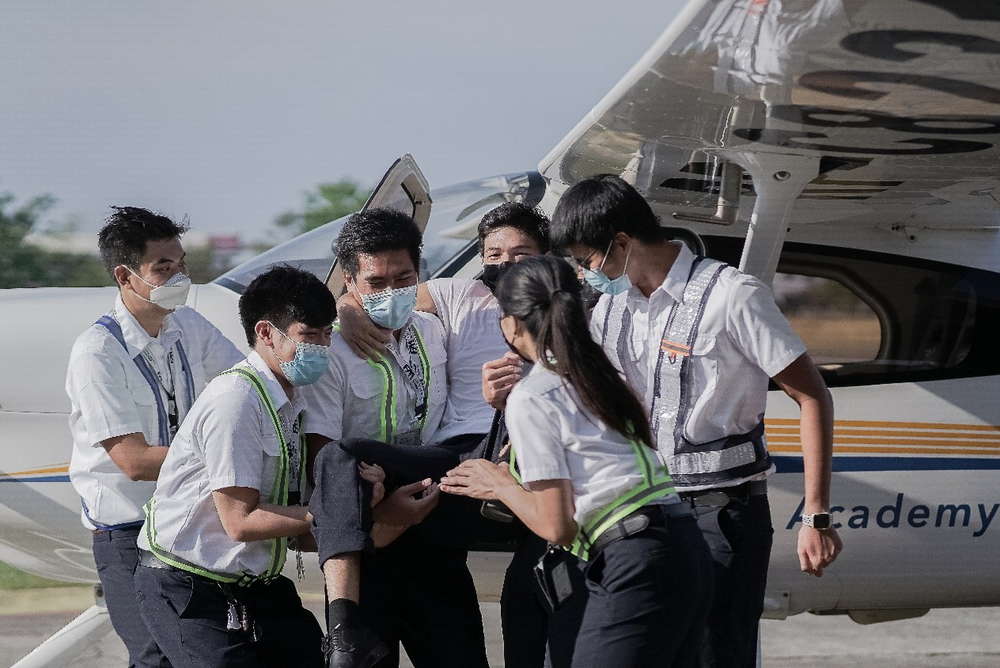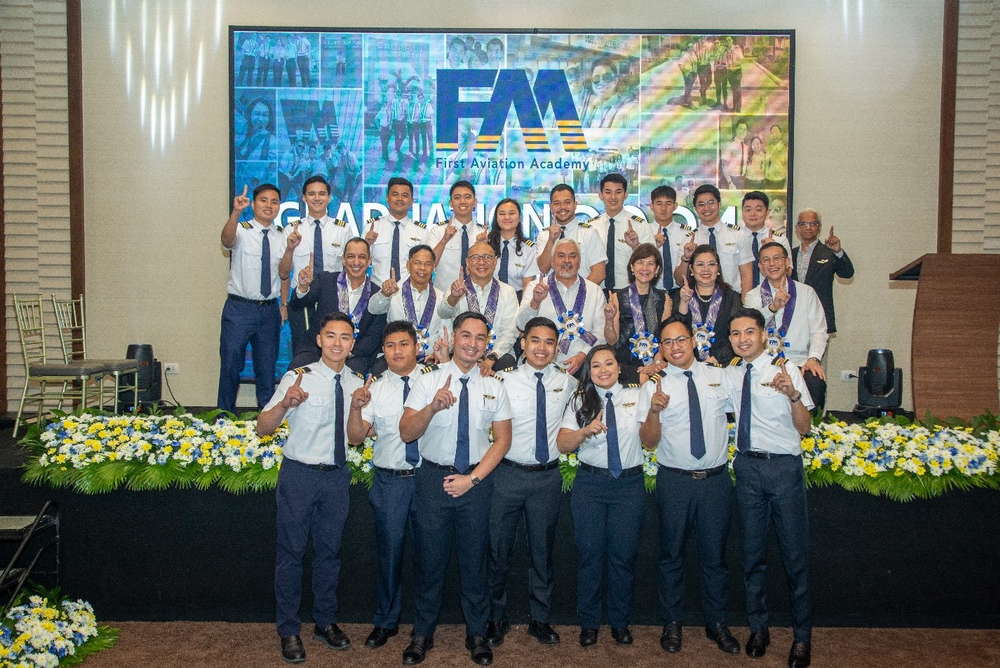If you are determined to take Pilot Training and pursue a career as a commercial pilot, then you should definitely need to read this and save the link in your favorite website list.
- Age Requirement
You can get your Student Pilot Authorization (SPA) even at the age of 16 provided you have your parents sign a consent form by CAAP and you will reach 17 before your Private Pilot checkride. For aspirants 18 year old and above, no consent form is required.
- Degree Requirement
There is no specific requirement that you need to be a college graduate to acquire a pilot’s license. But most airlines in the Philippines would require you to submit your school credentials as part of their employment requirement.
- Medical Clearance
You need to be physically fit before you apply for a pilot’s license. You will be required to secure a medical certificate in CAAP or an accredited hospital or clinic to get this. Talk to your chosen flight school before you do this. Most of the flight schools in the Philippines will assist you in securing your Medical Clearance.
- Choose your Flight School
Choosing the appropriate flight school must match your preference and budget. You can enroll in the cheapest flight school in the Philippines but do not expect to get the quality you need for your training. Visit the flight schools that are on your wish list. Talk to them and get quotations and brochures for reference. Compare the program and its inclusions.
Some flight schools would offer low fees but would give you less flight or simulator hours. Here are some questions you can ask when you are inquiring:
- How many aircraft are currently airworthy and flying
- What is their aircraft to student ratio
- What is the total flight hours included in the program and how many of those hours will be done in a multi-engine aircraft
- Do students fly solo during solo flights or are the accompanied by an instructor acting as an observer?
- How does the school ensure that instructors deliver standardized method of teaching?
- How are their airplanes maintained?
- Do all of their students get to fly regularly?
- Types of Licenses
- Student Pilot Authorization (SPA)
Your key to officially start your pilot dream is to have the Student Pilot Authorization (SPA). This is the initial license that will allow you to learn to fly an aircraft and build hours to be eligible to apply for the Private Pilot license.
- Private Pilot License (PPL)
A Private Pilot License will allow you to fly for leisure but prohibits you to fly and get paid for it. To acquire this license, a cadet must have a PPL Ground School, pass the Civil Aviation Authority of the Philippines (CAAP) written exam and fly the required 40 hours flight time before you will be scheduled to a practical flight test by a CAAP check pilot.
- Commercial Pilot License (CPL)
The Commercial Pilot License will allow you to fly as pilot in command of an aircraft and get paid for it. The license needs a CPL ground school, total 150 hours accumulated flights, CPL Knowledge Test and Practical Test with a CAAP Check Pilot.
- Airline Transport Pilot License (ATPL)
ATPL is the topmost pilot license that is issued by the Civil Aviation Authority of the Philippines (CAAP). This type of license can only be acquired by pilots who have earned a total of 1500 flight hours. This license allows the holder to fly as a pilot-in-command of a multi crew aircraft with the commercial airline company,
- Instrument Rating
The instrument rating will teach the pilots new skills such as various instrument reading techniques, IFR regulations and policies, and mastery of controlling the aircraft using the instruments as your sole reference. This rating will enable you to navigate the aircraft during poor weather or bad visibility.
- Multi Engine Rating
The multi-engine rating gives the pilot privilege to fly twin engine aircrafts a pilot in command. An equipment qualification course is needed for the additional rating and total of 12 hours flight time to be able to apply for a knowledge and practical exam.
- Aircraft Mix of Flight Schools
While Cessnas are the most popular training aircraft in the Philippines, Tecnam is quickly gaining popularity because of its motor gas powered aircraft. See if the school uses the old Cessna 152 and 172 aircraft and those who use the technically advanced airplane like the Tecnam P2010.
First Aviation Academy can assist you in your inquiries as you look for the best flight school to accommodate your training needs. Get in touch with us for more details about our programs.

